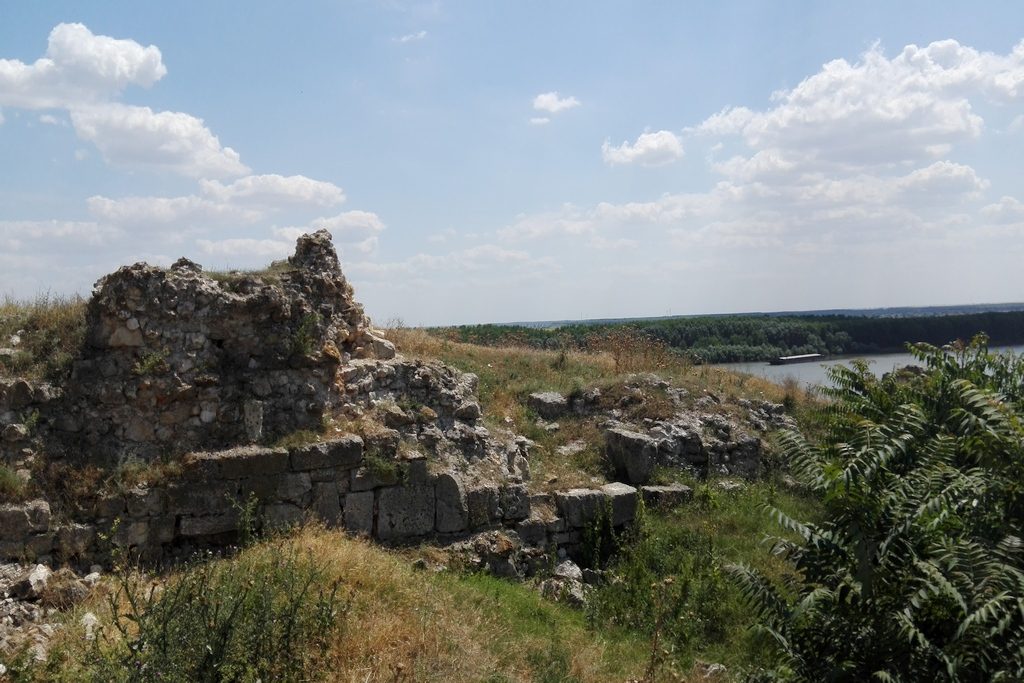

The Roman and Roman-Byzantine fortress Carsium was built, probably, over a Getic fortification, even since the second half of the first century AC. At the beginning of the II nd century p. Chr., during the Dacian wars, in 103 p. Chr., Emperor Trajan has strengthened the fortification with stone walls.
The fortress is mentioned frequently within all documents of antiquity, from II nd century p. Chr., until seventh century (Ptolemy, Tabula Peutingeriana, Itinerarium Antonini, Notitia Dignitatum, Hierocles, Procopius, geographer from Ravenna) under the name of Carsum, Carsio, Carso, Carsos. Most likely, the toponym has Thracian origin and is related to the rocky appearance rocky of the place. The fortress was built on the bank of the Danube close to the most important passage ford to the Ialomiţa Plain. Here is ensured the quick passage of goods from the western shore of the Black Sea to the human communities from South-Eastern Carpathian space. Also, the city was meant to guard and defend the most important passage ford over the Danube, which ensured the link between the communities from the Romanian Plain with those from the western shore of the Black Sea later to the world in southern Balkan Peninsula. During the first Christian centurie, here was a thriving economic life. Proof of this is represented the architectural elements discovered since the last century, made of marble, the large number of discoveries – pottery, coins, glass. A life comparable to that of large megacities.
Historical sources mention the repeated destruction of the fortress and its recovery under the Emperors Constantine the Great and Justinian. Oldest researches, but also the recent ones, have discovered archaeological materials of great scientific and museological value, both in fortification, and especially in its cemeteries. In Hârşova is known the largest number of Miliari Pillars (Roman road terminals) from Dobrudja: ten so far. This fact demonstrates that the authorities have repaired and maintained during ancient times, under optimal conditions, permanently, the roads that used to link it, either along the Danubian limes or within the province with the other settlements. Hence results the importance of the ancient locality as commercial and transit area, as it is proved by the exceptional discoveries made over time.
